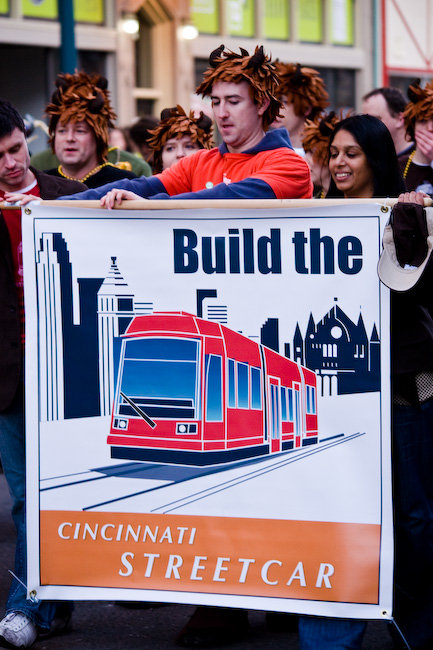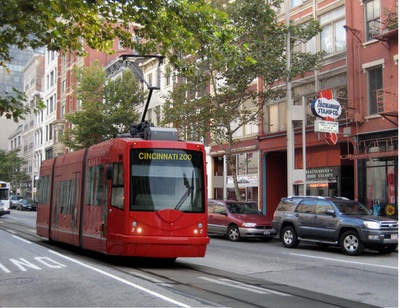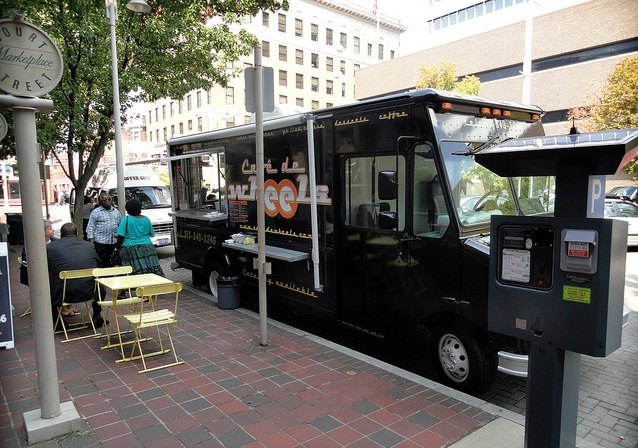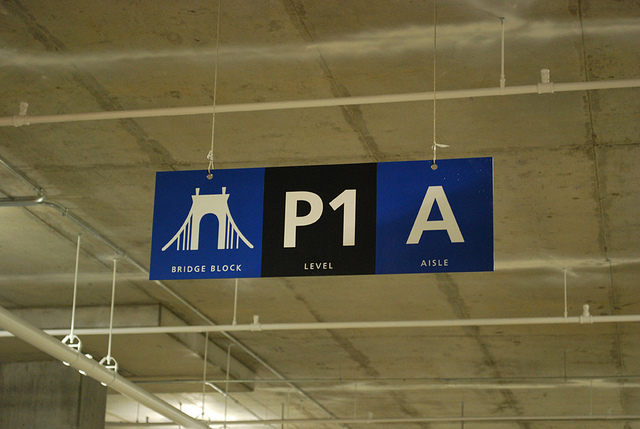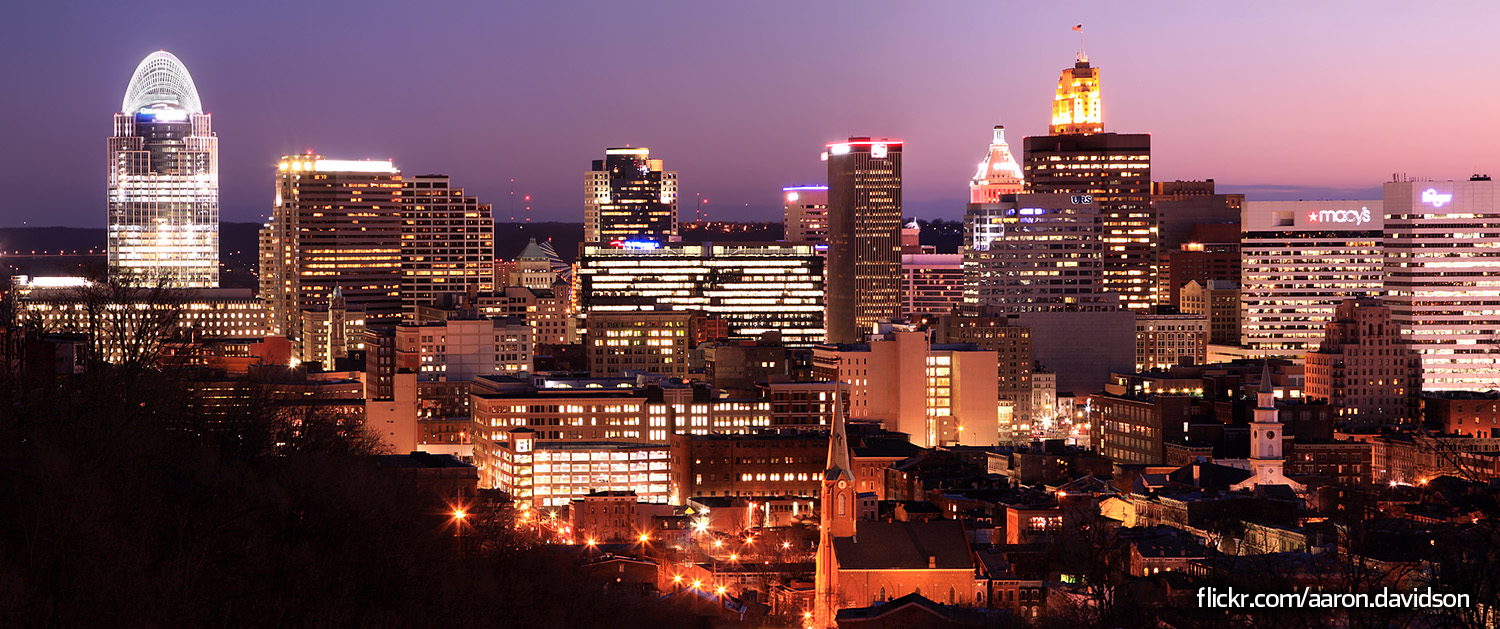Last night, Cincinnati Mayor Mark Mallory delivered his sixth State of the City address. In the speech Mayor Mallory gave those in attendance a bit of history lesson about Cincinnati in tough economic times, and stood boldly in the face of opposition to his administration’s projects and programs.
The history lesson began with a story of two men, Jim and Bill, who started a company during tough economic times in 1837. Those men, Mayor Mallory says, did not listen to the naysayers and eventually created the world’s largest consumer products company – Procter & Gamble. The history lessons continued with examples of bold investment projects like the construction of Union Terminal in 1928 and Carew Tower in 1930.
“The naysayers keep saying we need to slow down; we need to pull back; it is not the right time,” stated Mayor Mallory. “In these economic times, we need to be bold when others are scared. That is how you prosper.”
The mayor then tied those history lessons to more recent endeavors that have attracted significant opposition. Mayor Mallory cited the development of The Banks, implementation of the City’s Enhanced Recycling Program and 2010’s CitiRama in Northside. Mallory’s assertion, in part, is that a city must continue to change, innovate and investment in order to stay competitive.

Cincinnati Skyline photography by Aaron Davidson.
“What brings people to a city is when there is clearly something going on, when the city is on the move. People want to be in cities where things are happening. And clearly things are happening in Cincinnati.”
One of those things, Mayor Mallory contended, is the Cincinnati Streetcar project for which he reserved some of his most pointed comments.
“The streetcar project will bring jobs and development to the city and that is why my administration will continue to pursue the streetcar,” Mallory exclaimed. “And yes, we will do it in the face of opposition. The reality is opposition never built anything…and just like we built The Banks, we will build the streetcar.”
Mayor Mallory also discussed the vibrancy of downtown, the new Cincinnati Horeshoe Casino, massive investments taking place in Over-the-Rhine, the redevelopment and expansion of Washington Park, renovation of Fay Apartments into the nation’s largest green housing development and a $100-200 million project that will transform a polluted creek into a clean park space.
In short, Mallory said, “Few cities are seeing the type of rebirth that we are seeing in our urban core.”
Other highlights include:
- Launch of a new initiative called Bank On Greater Cincinnati that will transition 8,000 people from payday lenders to banks or credit unions.
- Progress made on cleaning up lead paint from households with the help of $7.5 million in federal grants.
- 72% of Cincinnati households now recycle, and 36% more has been recycled so far in 2011 following the introduction of the City’s Enhanced Recycling Program.
- The Enhanced Recycling Program was expected to achieve $47,000 per month in savings. In March 2011, the program actually saved $83,000.
- Since 2007 the City has decreased energy usage by more than 15%, which exceeded their 10% goal, saving the city more than $1 million in 2010.
- Graduation rates at Cincinnati Public Schools have increased from 51% in 2000 to 80% in 2010, and college enrollment has increased 10% over the last four years.
- The Cincinnati Initiative to Reduce Violence (CIRV) has been responsible for getting several violent gangs indicted in federal court and has significantly reduced violent crime throughout the city.
- Unemployment has dropped from 10.1% to 8.6% since last year.
Mallory concluded by reflecting on these accomplishments and looking forward.
“Let me make it clear. We do not lie down. We do not give up. This is Cincinnati. When times are hard, we work harder. It is a part of our history. It is part of our heritage. It is in the very fabric of who we are as a city. So, what are you willing to work on? What are you committed to? I challenge all of you to find something you are passionate about to make Cincinnati greater. Future generations of Cincinnati will thank you.”
 Three Republican members of Cincinnati City Council have requested a special meeting to review the Cincinnati Streetcar project, in order to get further clarification from city administrators about the project in its revised form.
Three Republican members of Cincinnati City Council have requested a special meeting to review the Cincinnati Streetcar project, in order to get further clarification from city administrators about the project in its revised form.